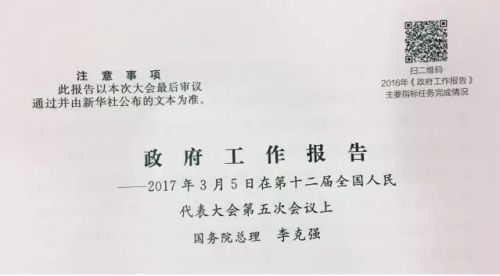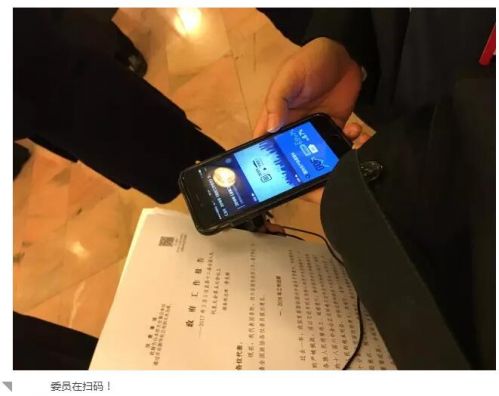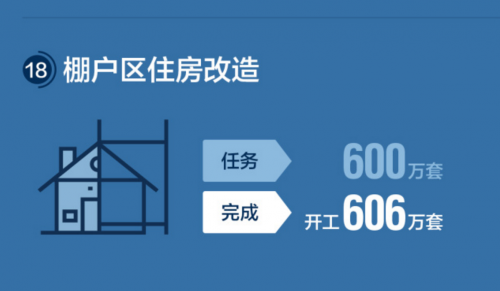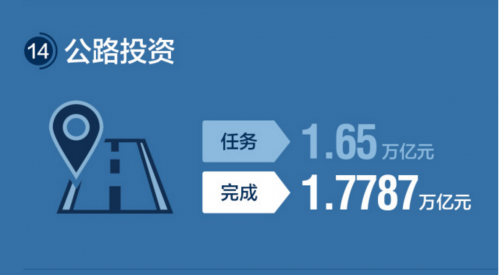Headlines and Hashtags
A Quick Scan at the NPC
ZHU BINGKUN HAD THE SURPRISE of her life on Sunday. Imagine: you’re an animator for The Beijing News, one of China’s most (even now) respected commercial newspapers. Shortly after Spring Festival, you return to the office and find a new job waiting — to design a graphic video elucidating the government’s accomplishments since its annual work report last year.
You put in long hours with your design team, the bunch of you often dragging yourselves to breakfast as soon as you go off shift. You’re burning the midnight oil along with your colleagues at China Daily Online, because the client . . . Oh, did I mention your client? Your three-week project is for the General Office of the State Council — for China’s government, in other words. The client wants results “quite urgently.”
You do the job, of course. You’re all professionals. The result is a short mobile-ready video, two minutes and 50 seconds in length, including 32 slides that summarize the government’s accomplishments over the past year.
March 5 comes, a Sunday like any Sunday. You crawl out of bed, check the news on your mobile . . . And there it is, the animation video you worked so hard to get right. Only it’s not just anywhere. It’s being shared directly with delegates to the National People’s Congress and its advisory body — the richest 100 of which are all dollar billionaires (but let’s not talk about that) — through a scan code on the cover page of the government work report itself.

As Zhu Bingkun explained her reaction to China Youth Daily: “So this is what they were for, the slides I had worked on over and over, having breakfast when I got off work, me and the team busy from 4PM to midnight!”
And what did the team think? “When they saw it, everyone was totally excited!” said Zhu.
From start to finish, Zhu told the newspaper — in a report that was shared through the Xinhua News Agency website and many other media — the team was unaware of how the graphic was to be used.
In the hubbub of the ongoing NPC, this story is grabbing headlines in Chinese media. Read the coverage and you could be forgiven for thinking the first ever appearance of a scan code in China’s government work report is indeed important news.
“First Time!” a headline declared enthusiastically yesterday in the politics section of Caijing Online, one of the country’s best-regarded media outfits. (Read the fine print, however, and you find that this article comes from Gov.cn, the official website of the above-mentioned client, the General Office of the State Council.)

The story makes the top of the media section today at People’s Daily Online, where the article notes that China’s premier, Li Keqiang, encouraged delegates yesterday to “scan the code.
The QR code, it seems, it being pushed this year as a symbol of sorts for the government’s professed openness and transparency. Also on Sunday, media reports said, codes were posted at the “Minister Channel” (部长通道) outside the entrance to the Great Hall of the People. There was no longer any need for reporters to “flag down” (拦) government ministers and patter them with questions — they could simply “scan-code” the ministers, submitting their questions over mobile.
A number of reports have noted Premier Li Keqiang’s words during last year’s NPC, as he met with foreign journalists: “Openness is the norm, and lack of openness is the exception,” he said. “For especially those matters of financing, budgeting or other measures directly concerning the public interest, we should increase the level of openness, so the public can be completely clear about these things at a glance, like scanning a QR code.”
In this case, though, the government, with its quick-scan approach, is being totally transparent only about all of the great things it has quantitatively done.
Want to know what the government did about construction of new housing in shantytowns. Well, its goal was six million units, and according to the graphic, China built 6.06 million units. Bingo. Mission accomplished.

Want to know what the government did about highway construction? The “task,” or objective, was to invest 165 million yuan to beef up roads. China’s actual investment was just under 178 million yuan. Bingo. Mission accomplished.

But Premier Li, if I may. Does this number mean that the government was over budget on planned highway construction projects for 2016? What? Yes, yes, I’m sure it is complicated. Sure, I’ll just scan the QR code and submit my inquiry by mobile.
I’m sure you’ll get to my question whenever it’s convenient.




















